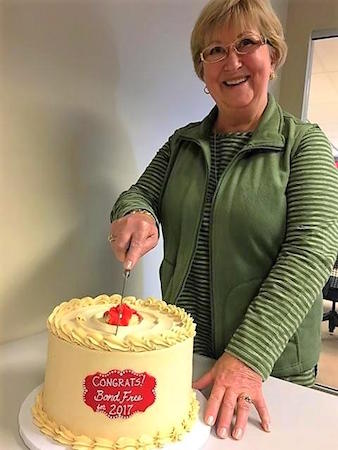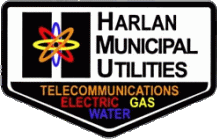NoaNet Starts The Year Off Right In Washington
A new year promises a fresh slate for many people. For the folks at Washington’s NoaNet, it means starting out 2017 bond-free.
In his year-end message, Chief Executive Officer Greg L. Marney announced that the organization has paid off its start up debt. At the November Board of Directors meeting, Controller Paul Harding reported that revenues are positive and that, “Budget to actual figures are favorable, with revenues above Budget and expenses a little below Budget.” Things are looking good at NoaNet.
A Washington Staple
NoaNet has become a solid presence in the state of Washington. In 2000, Northwest Open Access Network (NoaNet) began connecting 170 communities across the state with approximately 2,000 fiber miles. The middle mile network provides connectivity in both urban and rural areas to schools, libraries, hospitals, and other government facilities. Sixty-one Internet Service Providers (ISPs) offer retail services vis the open access infrastructure. Recently, Anacortes and NoaNet decided to work together as the small community addresses its local connectivity problems.
Last year, we put together a list of 15 NoaNet accomplishments, but you can also listen to Chief Operating Officer Dave Spencer visit with Christopher for episodes #164 and #159. Congrats to NoaNet!

Linda Gott, President of the NoaNet Board of Directors, cuts a cake to celebrate the payoff of NoaNet's startup bonds this year.
(Photo courtesy of NoaNet)



